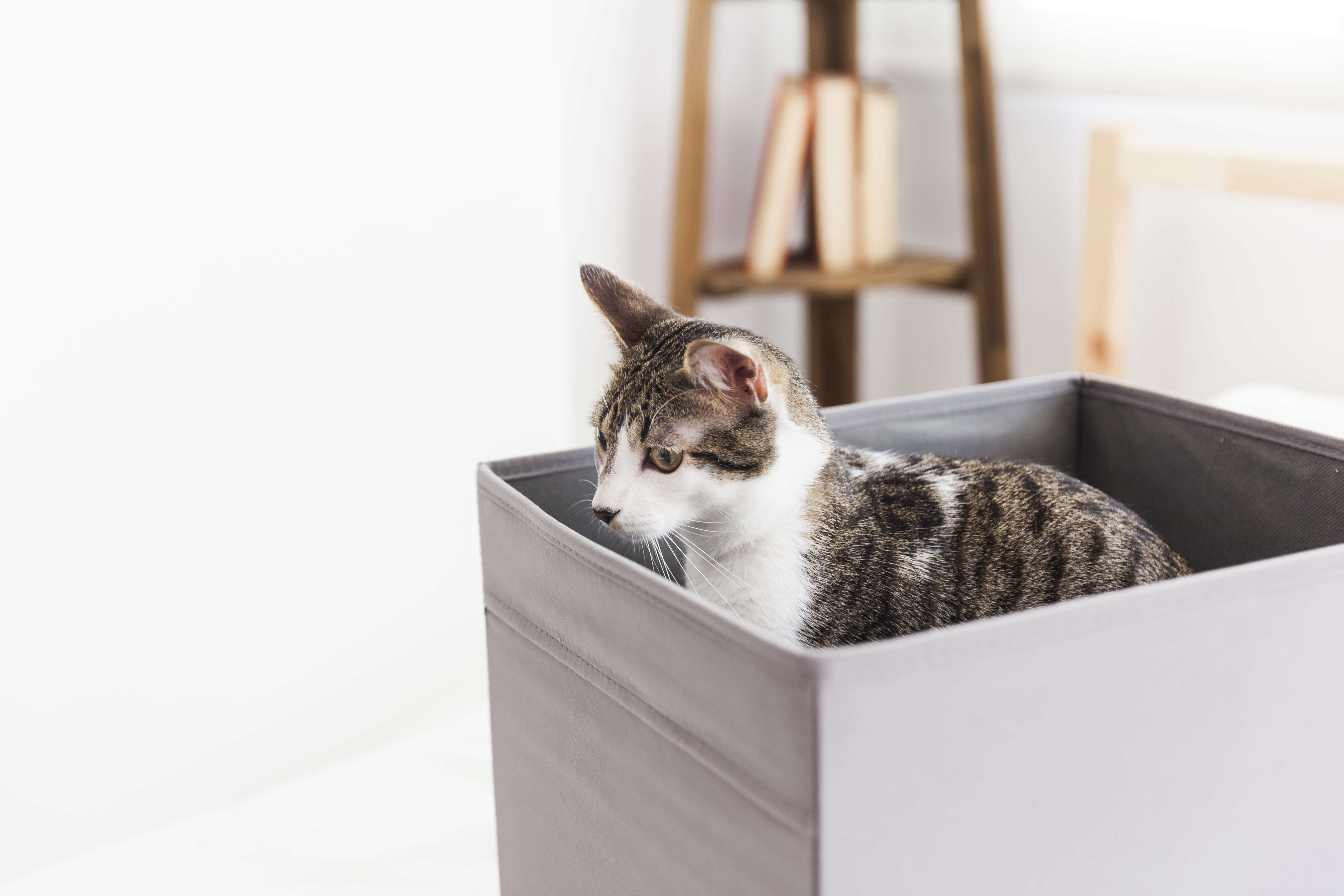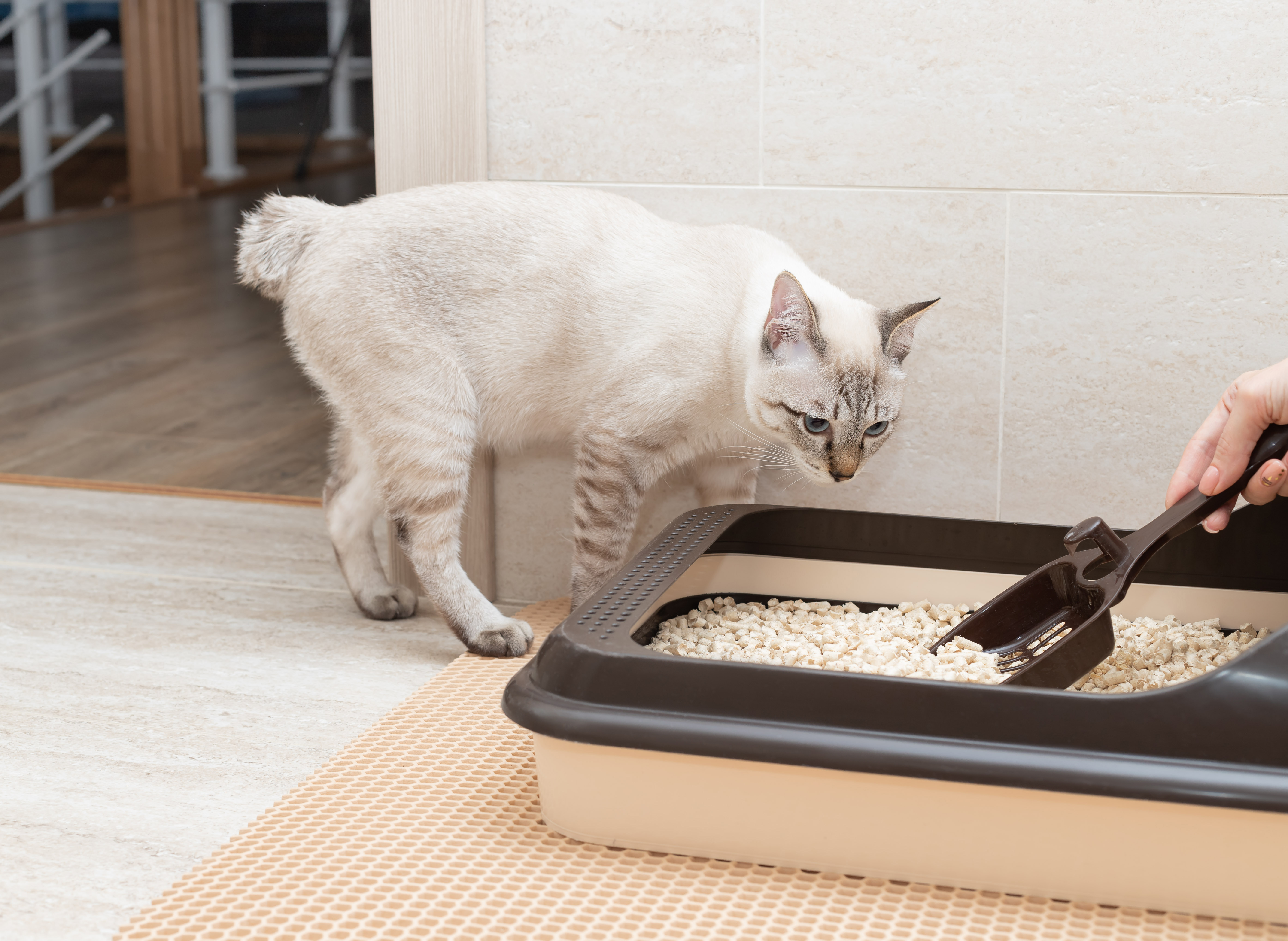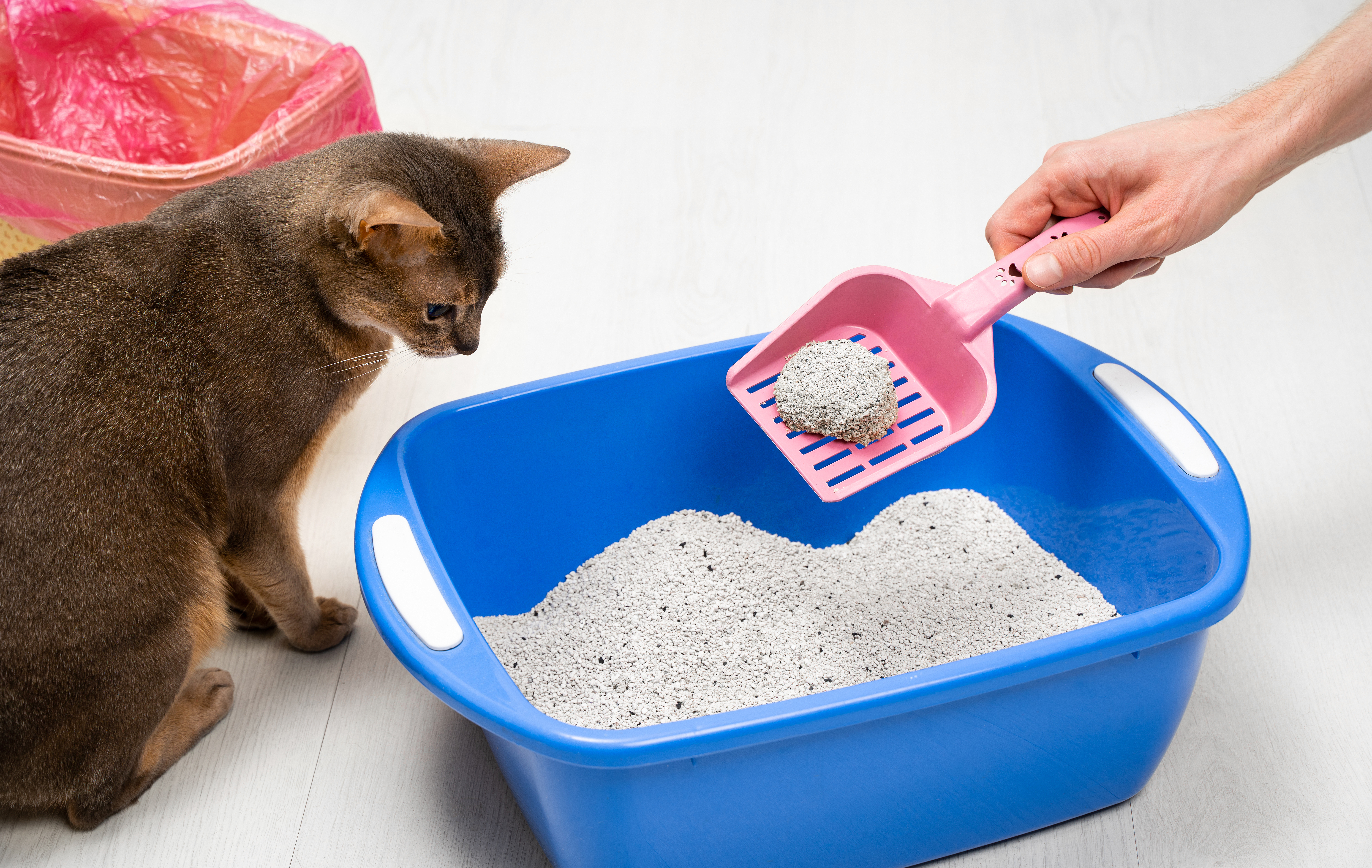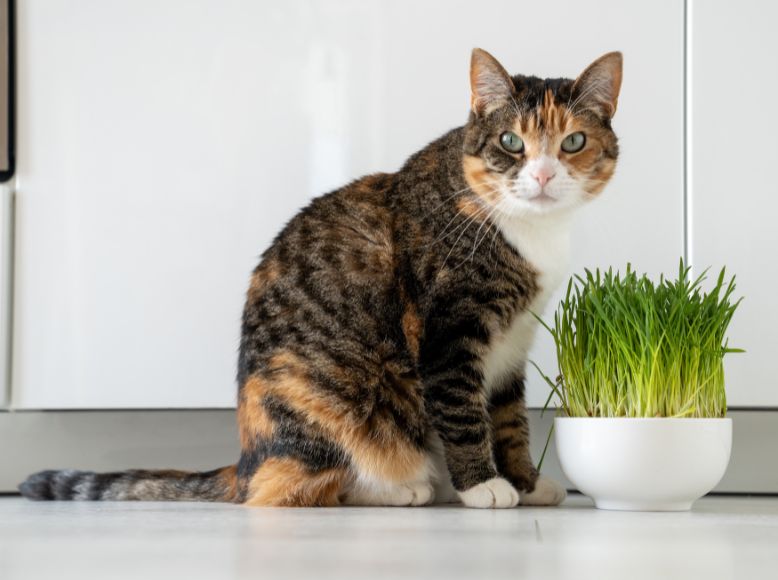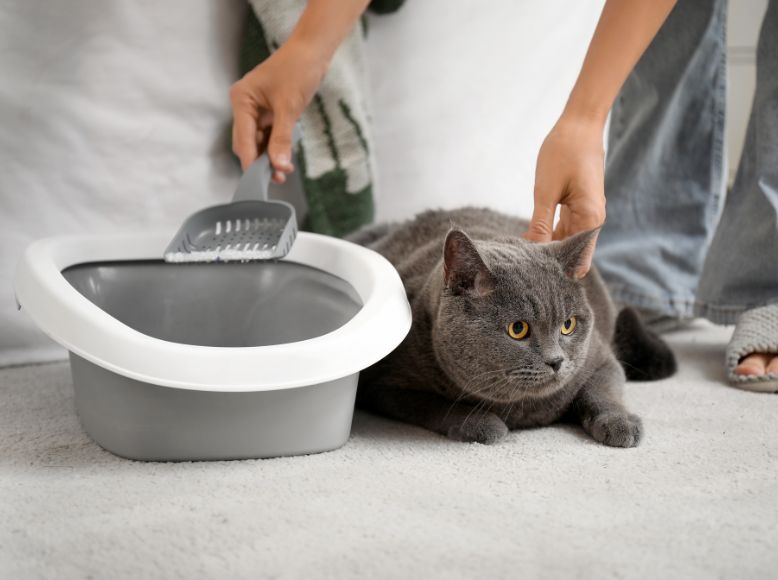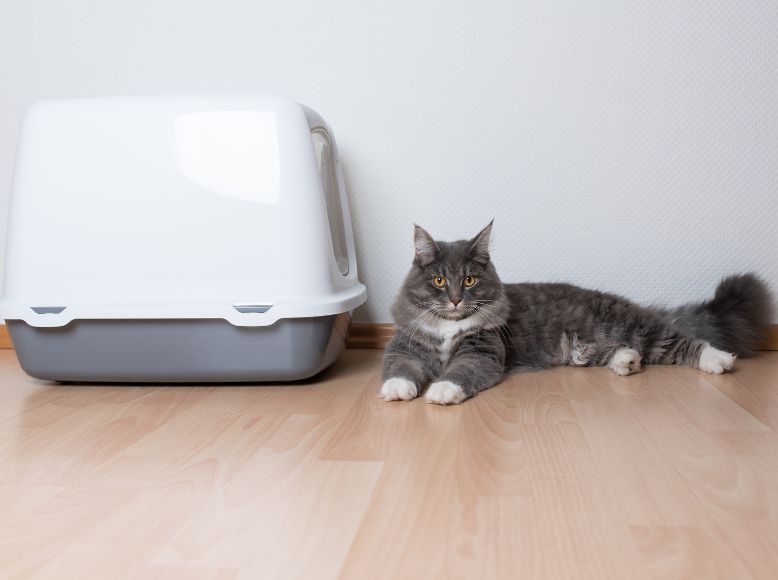Purring is one of the most fascinating behaviors in cats, often associated with contentment and relaxation. However, there is much more to purring than just a sign of happiness. Scientists have discovered that purring has numerous physiological and psychological benefits, not only for cats but also for their human companions. Understanding the science behind purring can help cat owners better interpret their feline friends’ behavior and appreciate the deeper significance of this soothing sound.
Table of Contents
How Do Cats Purr?
Purring is a complex process that involves the laryngeal (voice box) muscles and the diaphragm. Scientists believe that a cat’s brain sends rhythmic neural signals to these muscles, causing them to contract and relax rapidly. As the cat breathes in and out, air passes over the vibrating muscles, creating the familiar low-frequency sound.
Unlike vocalizations like meows or chirps, purring is unique because it happens both during inhalation and exhalation, producing a continuous, steady sound. This mechanism is largely involuntary, meaning that cats purr instinctively in various situations.
Why Do Cats Purr?
While purring is often associated with a happy cat curled up on a warm lap, cats purr for several reasons beyond expressing contentment.
- Happiness and Relaxation
Cats commonly purr when they are relaxed, safe, and comfortable. Whether they are lying in the sun or being gently petted, purring in these moments signals contentment and security. - Self-Healing Mechanism
Studies suggest that purring plays a role in healing. The vibrations produced by purring occur at frequencies between 25 and 150 Hertz, which are known to promote tissue regeneration, reduce pain, and improve bone density. This explains why injured or sick cats may purr—it’s their way of self-soothing and encouraging recovery. - Communication with Humans and Other Cats
Cats often purr when seeking attention or food from their owners. Some researchers have identified a type of purring known as solicitation purring, which includes a slightly higher-pitched sound that mimics a baby’s cry. This type of purring is more effective in getting a human response, as it triggers an instinct to nurture and care. - Stress Reduction and Anxiety Management
Cats may also purr when they are scared, stressed, or in pain. Veterinary visits, unfamiliar environments, or even childbirth can trigger purring, suggesting that it acts as a coping mechanism to calm themselves in distressing situations. - Bonding Between Mother and Kittens
Kittens begin to purr as early as two days old. This helps them communicate with their mother, signaling that they are warm and well-fed. The mother cat also purrs to reassure and comfort her young, strengthening their bond.
Health Benefits of Purring for Cats
The physical effects of purring extend beyond simple communication. Research suggests that purring has a direct impact on a cat’s health and well-being in several ways:
- Pain Relief: The low-frequency vibrations help reduce pain and inflammation, which is why cats purr when recovering from injuries.
- Bone Strengthening: Vibrations in the purring range promote bone growth and repair, potentially explaining why cats heal from fractures faster than other animals.
- Lower Stress Levels: Purring releases endorphins, which help regulate stress and anxiety, making cats naturally resilient in challenging situations.
- Improved Breathing: Some experts believe that purring can help cats with respiratory issues by stimulating better airflow and reducing the risk of respiratory distress.
How Purring Benefits Humans
The benefits of a cat’s purring extend beyond feline health—humans also experience positive effects from hearing and feeling a cat’s purr.
- Stress and Anxiety Reduction: The rhythmic sound of purring has been shown to lower stress and anxiety in humans, providing a calming effect similar to meditation.
- Lower Blood Pressure: Studies have found that cat owners who regularly interact with purring cats tend to have lower blood pressure and reduced risk of heart disease.
- Pain Relief: Some believe that the vibrations from a purring cat can act as a form of therapy, helping to relieve headaches or minor pain.
- Improved Sleep Quality: Many cat owners find the sound of a cat’s purring soothing, making it easier to relax and fall asleep.
Can a Lack of Purring Indicate a Problem?
Not all cats purr frequently, and some breeds are naturally quieter than others. However, a sudden change in purring behavior—such as a normally vocal cat stopping purring—could indicate discomfort, illness, or stress. If your cat’s purring patterns change significantly, it’s a good idea to observe their overall behavior and consult a veterinarian if needed.
In Conclusion
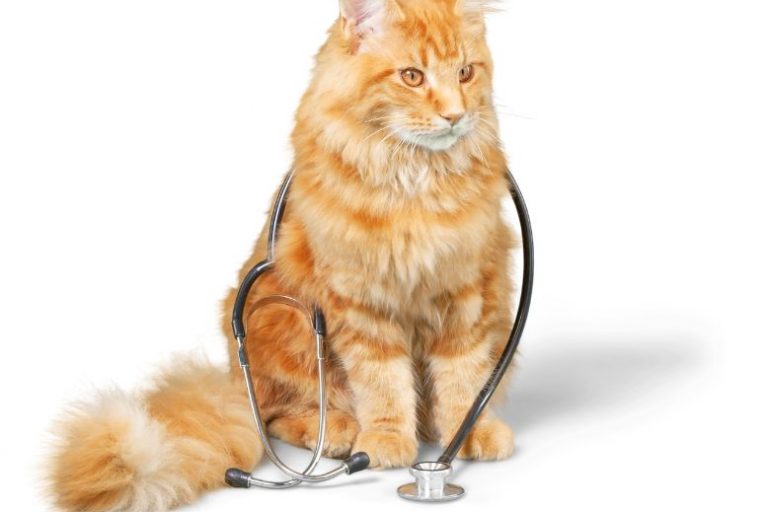
Purring is much more than a simple expression of happiness—it is a multifunctional tool that plays a role in healing, stress relief, and communication. The vibrational frequencies of purring benefit not only cats but also their human companions. Understanding the deeper reasons behind purring can help cat owners appreciate their pets on a new level, ensuring their health and emotional well-being throughout their lives.
By paying attention to when and why your cat purrs, you can better meet their needs, strengthen your bond, and even experience some of the therapeutic benefits yourself.



